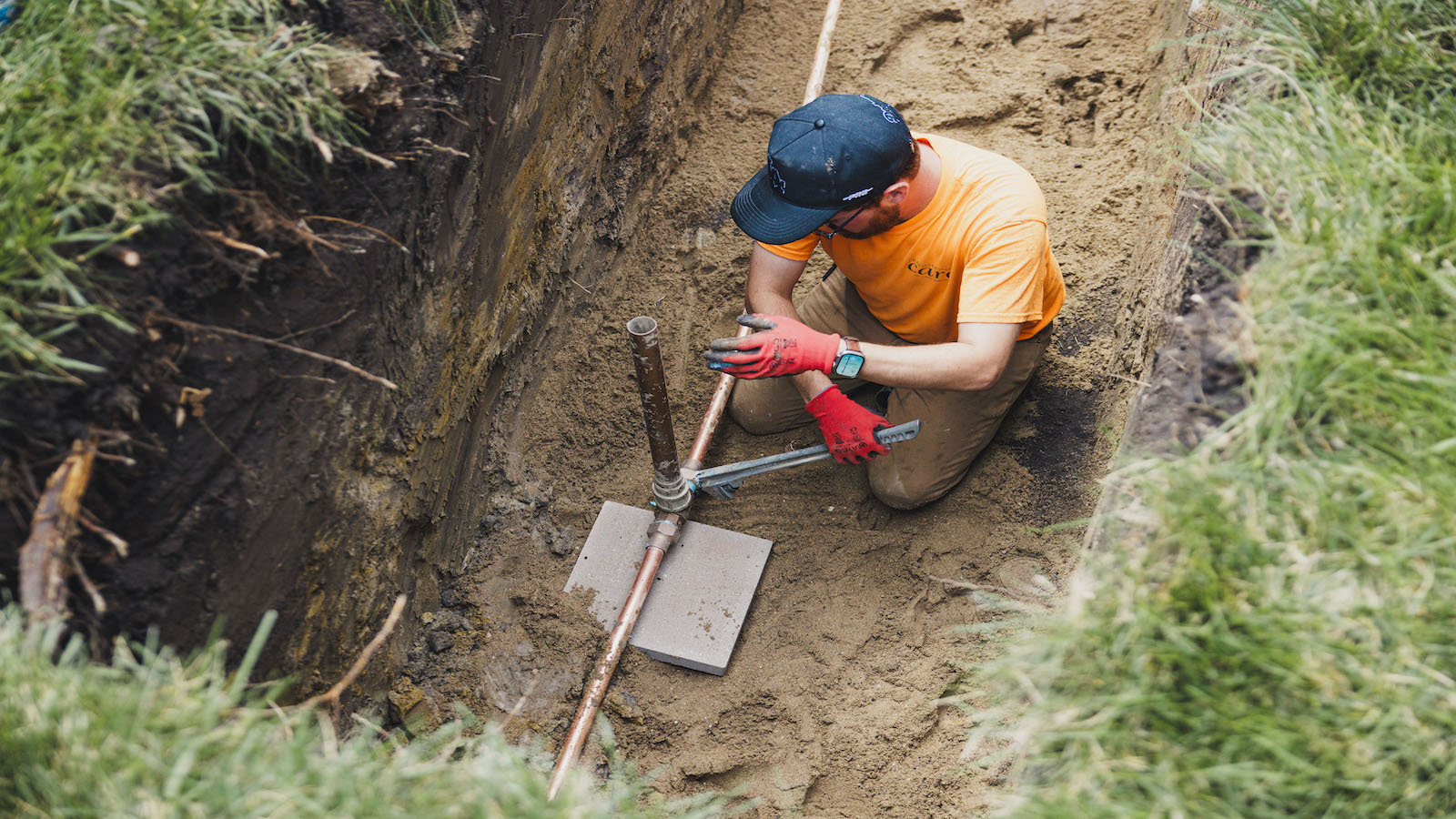Toxics, Vol. 13, Pages 730: Human Biomonitoring of PCDDs, PCDFs, and PCBs in Women Living in a Southern Italy Hotspot Area
Toxics doi: 10.3390/toxics13090730
Authors:
Roberto Miniero
Vittorio Abate
Annalisa Abballe
Tatiana Battista
Michele Conversano
Elena De Felip
Silvia De Luca
Anna Rita Fulgenzi
Nicola Iacovella
Anna Laura Iamiceli
Simona Insogna
Valentina Marra
Carmela Russo
Anna Maria Ingelido
Taranto is the main harbor in Southern Italy and one of the most industrialized cities in the country, largely due to the presence of a large industrial area that includes a major oil refinery, a cement plant, and the former ILVA steel factory, which is one of the largest steel plants in Europe. A human biomonitoring study was conducted on breast milk from two groups of women residing in areas with different levels of exposure to polychlorodibenzo-p-dioxins (PCDDs), polychlorodibenzofurans (PCDFs), and polychlorobiphenyls (PCBs). The study aimed to assess the differences in exposure between the two groups of general people, with one group classified as “exposed” and the other as “non-exposed”. Between 2015 and 2018, 150 breast milk samples were collected: 76 from the exposed group and 74 from the non-exposed group. A specific questionnaire was also administered to the donors. The data were analyzed using a robust regression approach. The results showed significant differences in the concentrations of all analyte classes between the two groups. The difference in concentration from the non-exposed to the exposed group was highly significant (TOTTE, 5.70 vs. 7.35 pgWHO-TE/g, PCDD + PCDF 3.34 vs. 4.53 pgWHO-TE/g, DL-PCB 2.35 vs. 2.80 pgWHO-TE/g; p << 0.05), with the most notable difference observed for the Σ10 (PCDFs) family (~37%). Additionally, two distinct theoretical exposure profiles were identified: one for women residing in urban peripheries and another for those living in city/town centers. Women in the peripheries were characterized by a profile of four to six chlorinated dioxin/furan congeners plus two PCB congeners, while women in the city centers exhibited a profile of six to eight chlorinated PCDD and PCDF congeners plus five to six chlorinated PCBs. Among women residing in urban peripheries, those living in the peripheries of Statte and Taranto showed the highest exposure levels. All the results appear to witness the highest exposure of the exposed women deriving from the steel plant of concern. In addition, the highest exposure levels for the analytical sum of Σ6 (NDL-PCBs) were found in women from a municipality classified as non-exposed: Ginosa (periphery).
Source link
Roberto Miniero www.mdpi.com


